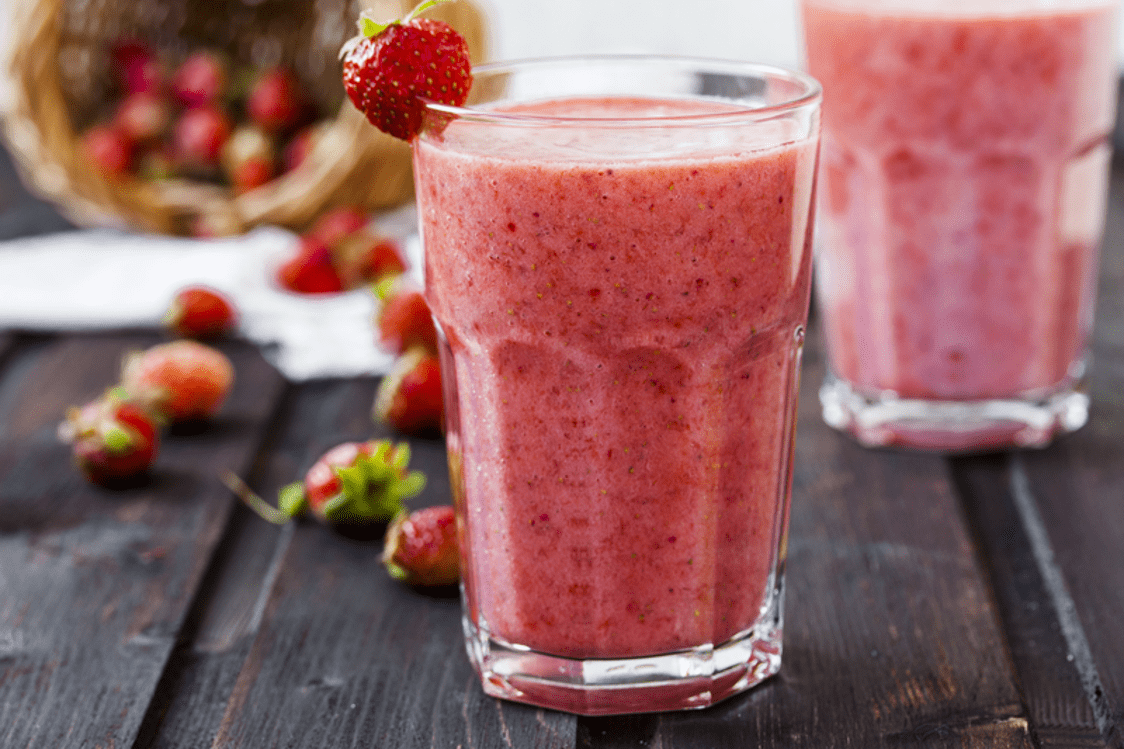
[cmamad id=”15716″ align=”center” tabid=”display-desktop” mobid=”display-desktop” stg=””]
Once you take this mineral – your body starts burning sugar again.
—–Important Message—–
“Less napping, more schtupping”
A student told me he was dating a young woman in her early 20s…and she was insatiable…
“Matt,” he said,

…for most guys, metabolism slows down as they get older – and it can take days to recover from a hearty meal or some exercise.
But this doesn’t have to be YOU.
Luckily, I use a simple formula to roll back my metabolism and I feel years younger…
And these can be you too…when you regain your youthful metabolism…

————-
Are you among the 95% of American men deficient in this mineral?
Most men will develop blood sugar problems – and other problems – and it may be due to a simple mineral deficiency.
Yes it’s true: Between 10-20 million people in the United States are estimated to have impaired fasting glucose tolerance.

This inability to use sugar is a serious problem.
There is still some debate as to the cause (or causes) of this.
But it seems that the role of potassium is now beyond doubt.
[cmamad id=”15717″ align=”center” tabid=”display-desktop” mobid=”display-desktop” stg=””]
Let’s find out how this common mineral can help regulate blood sugar naturally.

This human study was carried out at Harvard Medical School in Boston.
Over the years, scientists have observed a relationship between potassium deficiency and glucose metabolism.
The correlation seemed quite clear – but the mechanisms of it were not.
This study advanced the understanding of exactly how potassium relates to blood sugar regulation.
“The exact role of the potassium deficit and the mechanism of its effect are in doubt.”
Seven healthy young men participated in this trial.
The recruits were put on a potassium-deficient diet for a week.
The diet resulted in a decrease of potassium levels of between 1% and 8%.
The trial used a glucose clamp technique to look at plasma insulin response, glucose tolerance, and tissue sensitivity to insulin.
During this clamp procedure, glucose is pumped into the bloodstream to keep the patient’s blood sugar high – to induce hyperglycemia – at 125 mg/dl for two hours.
The glucose procedure was performed before and after potassium depletion.
There was a significant decline in the amount of glucose metabolized after potassium depletion.
“Paired analysis showed a significant decline in the amount of glucose metabolized from pre- to post-depletion.”
There was also a significant decrease in plasma insulin after potassium depletion.
Insulin is partially responsible for dealing with blood sugar.
It shouldn’t go down when blood sugar goes up.
“This decline in carbohydrate tolerance was associated with a significant decrease in plasma insulin response to sustained hyperglycemia.”
As potassium levels decreased, things got worse.
Lower potassium meant weaker insulin response.
“The degree of potassium depletion ranged from 1.0% to 8.4% and correlated with the decrease in insulin response.”
The results were so strong and clear in the study that the authors concluded that potassium deficiency causes glucose intolerance.
“This study demonstrates that potassium depletion causes glucose intolerance, which is associated with impaired insulin secretion.”
The interactions between potassium and sugar (glucose) encompass much more than this study investigated.
For example, potassium itself is needed for glucose to enter a cell or be absorbed in the gut.
Potassium can be lost pretty quickly too – some people don’t store it very well (especially when stress is high).

An American Heart Association study investigated the daily intake of potassium in the United States relative to the USDA dietary guidelines.
The survey was conducted on over 12,500 adults in the United States.
Only a tiny portion of the US population gets the recommended daily amount of potassium in their diet.
“Less than 2% of US adults and ~5% of US men met recommendations for potassium…”
Yes, fewer than 2% of US adults are getting the recommended daily amount of potassium.
On top of that, we actually may need quite a bit more than the recommended daily amount of potassium.
Some estimates put potassium intake from healthy traditional diets closer to 10,000 mg per day.
Potassium requirements of 5,000 to 10,000 mg per day are achievable with food.
Fruit and dairy are relatively high in potassium.
Some vegetables such as potatoes are also high in potassium.
And some mushrooms are high in potassium.
A diet high in whole foods like milk, fruit, potatoes, and mushrooms could easily meet the recommended daily allowance for potassium and potentially protect against blood sugar regulation problems.
You should see a doctor if you suspect problems with the regulation of blood sugar.
——Important Message——
“Matt said that people with high blood pressure have very low magnesium, low calcium, and low potassium.”
“Low magnesium, low calcium, and low potassium put the cells under great stress. He said that scientists call this problem oxidative stress.”
“Matt said virtually everyone with high blood pressure has high oxidative stress – because their cells don’t have enough magnesium, calcium, and potassium.”
“Matt showed me how to mix up a simple blood pressure shake to drink every morning. I make it from ingredients that are in my kitchen or that I buy at the store.”
“I started mixing and drinking the blood pressure shake – and soon my pressure had fallen 5 points, then another 5 points. 5 + 5. Fix the problem, fix the pressure.”

“Blood pressure rises because of oxidative stress.”
“Oxidative stress occurs when we are low on calcium, magnesium, and potassium.”
“And when we get enough calcium, magnesium, and potassium, our blood vessels become more flexible. They get larger and they open up, so the pressure in the blood vessels goes down even more.”
Here’s the blood pressure shake that fixed high my blood pressure.
——-


Leave a Reply